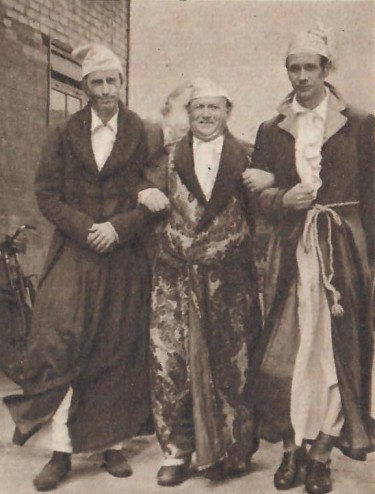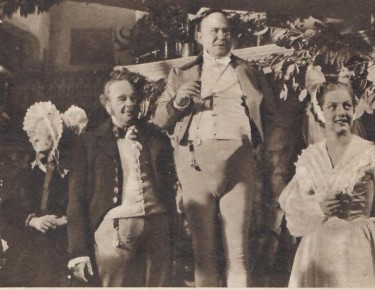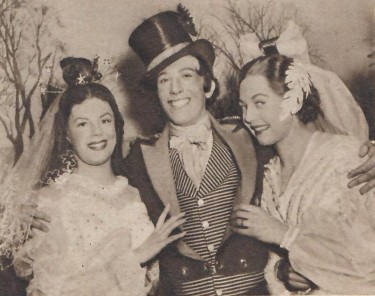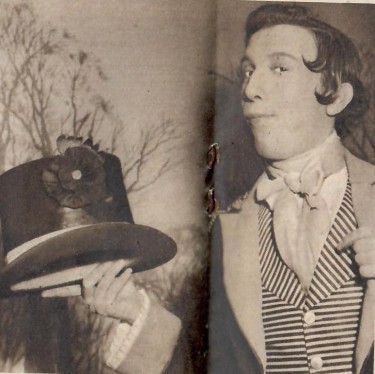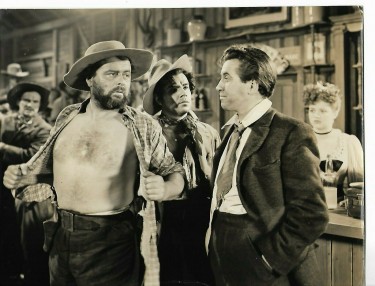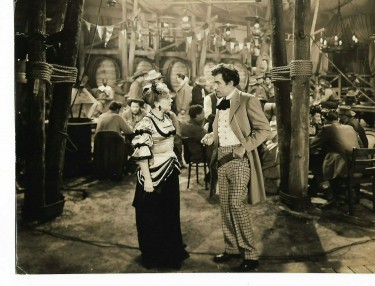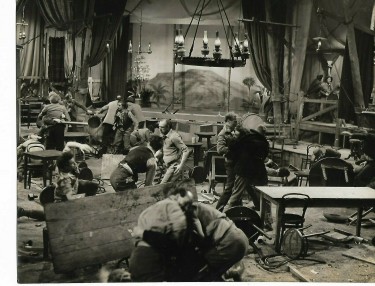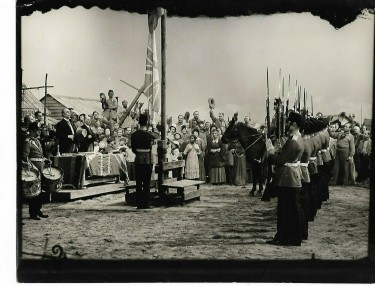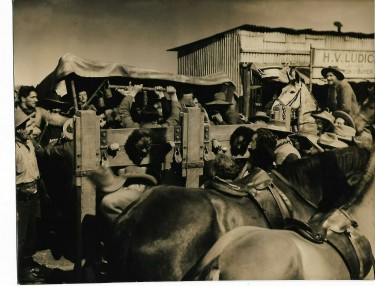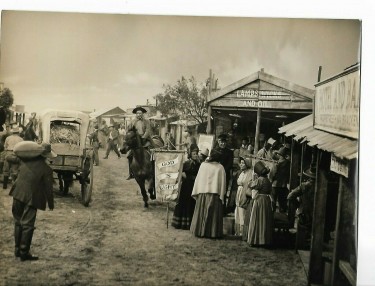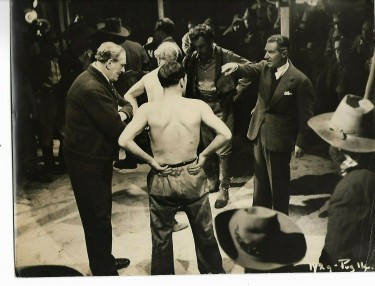English star David Farrar was born on August 21, 1908, in Essex.
When looking back at his childhood he writes: “Apparently showed some historical leanings from early age as I played Shakespearean roles at school.”
After some time spent with a repertory school and then in touring companies, David became actor-manager of his own company in 1930. The same year he took over the lead in The Wandering Jew in the West End, bringing notices that immediately established him as one of the most promising young leading men in the West End.
He took over London’s Grafton Theatre for a series of plays, as he puts it: “Of course, playing the leads. As George Arliss once said, ‘Well, there’s one advantage of having your own theatre – you can always choose the best parts.'”
He says he was “lured” into films in 1937 when he made his screen debut in The Face Behind the Scar. Until the war broke out his screen career consisted of’ ‘big parts in small pictures and small parts in big pictures,” according to Farrar.
One of his early films was ‘Went the Day Well’ – an absolute classic from 1942
Shortly after a bomb hit his theatre he was called up by the Ministry of War and put to work making propaganda films. He is responsible for the feature For Those in Peril (1944), much of which was shot during actual maneuvers in the English Channel.
The Dark Tower (1943) with the late Ben Lyon and They Met in the Dark (1943) came out during the War. Immediately afterward he made Lisbon Story (1946), now a cult film because of the appearance in it of the legendary tenor Richard Tauber.
When David Farrar arrived in New York City in 1947, his film Frieda, which introduced Mai Zetterling to the world and was a smash hit in Europe, was playing at one Broadway theatre and Black Narcissus at another.
Black Narcissus (1947), which costarred Deborah Kerr, was about sexual frustration and madness among a group of Anglican nuns. The film did very well at the box office in the United States and won two Oscars.
One of my own favourite films of his was ‘Mr Perrin and Mr Traill’ 1948 with Marius Goring giving a wonderful performance as Mr Perrin.
The Wild Heart (1950) or ‘Gone to Earth’ as we in England know it, with Jennifer Jones was nowhere near as successful in America as it had been here
He was offered the lead role of Edvard Grieg in the screen version of The Song of Norway, but the film was to be shot in Hollywood and Farrar was committed in England. Once he was contractually free, there began years of commuting between Hollywood and London, starting with The Golden Horde (1951).
After that he appeared in Night Without Stars (1951) with Nadia Gray, Obsessed (1951) with Geraldine Fitzgerald, Duel in the Jungle (1954) with George Coulouris, Lilacs in the Spring (1954) with Anna Neagle, Lost (1957), Solomon and Sheba (1958), John Paul Jones (1959) with Bette Davis, Middle of Nowhere (1960) [aka The Webster Boy (1962)], and Beat Girl (1962) with Shirley Anne Field and Adam Faith.
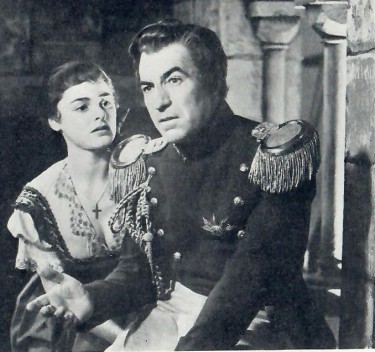
ABOVE – David Farrar – here with Jeannette Sterke in a BBC Play ‘ Captain Banner – BBC Armchair Theatre – 8 th August 1954 – this would have gone out ‘live’ in those days of course.
United States television viewers probably know him best for his portrayal of the strong, silent “Mr. Dean” in Black Narcissus and the “Black Duke” in Son of Robin Hood (1958).
David Farrar himself believes that he misjudged his choice of film parts to his own detriment – the first was when he could have played the villain in the 1952 film of Ivanhoe, made here in England, but declined because it was not the title role. He later admitted “The part I had been offered, which was subsequently played by George Sanders, was the most colourful. In retrospect it was a bad mistake to turn it down.”
In 1962 he played Xerxes, which he considered to be a “wonderful, flamboyant part,” in The 300 Spartans, and “then I quit while the going was good!”
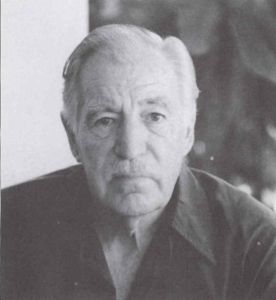
| David Farrar, a widower, lives near his daughter on the Natal coast of the Republic of South Africa. |
|
David met his wife, Irene Elliot, in 1926 when he was playing the title role on stage in David Copperfield. He describes her as an “actress and beautiful pianist” After she died in 1976, he followed their only child to the Natal coast of the Republic of South Africa.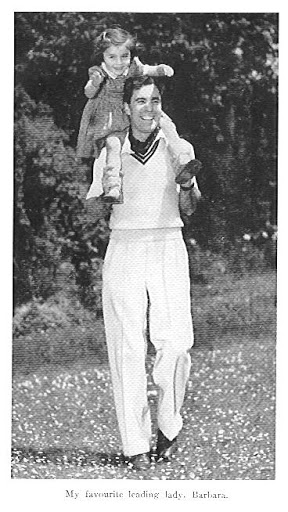
ABOVE – David Farrar with his Daughter Barbara
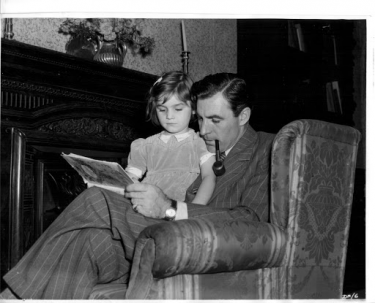
ABOVE With His Daughter Barbara – reading her a Fairy Tale before bedtime. Not sure he should have been smoking his pipe though but that was how things were in the day.
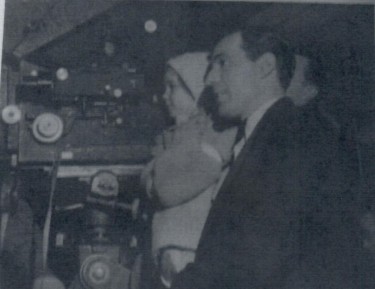
ABOVE With His Daughter Barbara
He admits to having made no effort to keep in touch with those he knew in England and, has been rumored dead among his profession.
He lived with his dog, a few miles from his daughter. David Farrar described his activities in retirenment as “a bit of writing and painting. He played the piano often and golf three times a week. He said that he read a lot and averageed fifteen crossword puzzles a week.
Sounds a lonely existence
He sums up his career thusly: “Tough, frustrating, but with many wonderful moments and memories. I found being a star a lonely business. I have no friends. Ain’t that sad?”
David Farrar in Hollywood
David Farrar went to Hollywood and, though he enjoyed the glamour, it ruined his career, via films such as The Golden Horde (US, d. George Sherman, 1951) and The Black Shield of Falworth (US, d. Rudolph Maté, 1954), usually in two-dimensional villain roles.
A strongly virile figure, he had served a ten-year apprenticeship in British films before making his mark in Michael Powell‘s Black Narcissus (1947), as the district agent who stirs up sexual tensions in a Himalayan convent. There were two other striking roles for Powell – as the lame bomb-disposal expert in The Small Back Room (1948) and the swaggering squire in Gone to Earth (1950) – and substantial leads for Ealing in Frieda (d. Basil Dearden, 1947) and Cage of Gold (d. Dearden, 1950).
This burst of star filming climaxed a career begun in 1937, after a stint at journalism and stage experience from 1932: he played Sexton Blake twice, had small parts in big films, like Went the Day Well? (d. Alberto Cavalcanti, 1942), starred in Ealing’s semi-documentary about the Air-Sea Rescue Service, For Those in Peril (d. Charles Crichton, 1944), and made several poor films at British National, including Lisbon Story (d. Paul L.Stein, 1946), before hitting his stride in the late 1940s.
David Farrar at Home in London
David Farrar lived at Alleyn Park in Dulwich. One of his daughter’s School Friends recalled this :-
Your article about David Farrar brought back many memories of the times my sister Gill and I spent with his family when they lived in Alleyn Park. They lived in a huge house – probably number 14 (possibly the site of Rouse Gardens). It had a lovely garden with a grass tennis court. We often played tennis and David Farrar sometimes joined us. As their daughter, Barbara was an only child who did not attend school; Mrs Farrar was keen for her to have local friends. Although she was younger than us, she was so used to adult company that she seemed older in many ways. She was a demon at Canasta!
The basement of the house was where Barbara had a little theatre. We used to make up plays and once we performed at one of Barbara’s parties. I remember being the Mad Hatter and Gill was the Dormouse (guess who was Alice?). On another occasion Mrs Farrar took us to the cinema. We walked down the end of Alleyn Park and caught the bus to Crystal Palace. As we walked down Church Road I could see the enormous photos of David advertising the film ‘ Cage of Gold’. As Mrs Farrar was paying for the tickets I kept thinking this is odd – surely she should get in for nothing! During the film whenever he kissed someone I looked at Mrs Farrar to see her reaction – disappointingly there was none. The film was too old for Barbara and I fancy we left before the end!
That is a very interesting and telling memory. I must just finish by going back to one of my very favourite film ‘Mr Perrin and Mr Traill’ which starred Marius Goring and David Farrar. I have previously posted this – but it concerns a visit to Denham Film Studios by the Old Monrovians School when this film was being made. The group were shown round and introduced to some of the actors – Edward Chapman was very kind and friendly – However David Farrar appeared from his dressing room, greeted the party with little enthusiasm or interest, had a picture or two taken – and then disappeared back into his room and was not seen again while they were there.
I must admit that some of his acting he seems to portray a superior and even dis-interested manner – but that may just have ben the parts that he was playing.
David Farrar certainly had a long and successful film carer on both side of the Atlantic and seemed a devoted family man who loved his wife and daughter. He must have been very lonely after his wife died.
I wish he hadn’t retired so early – it seems such a waste of talent.
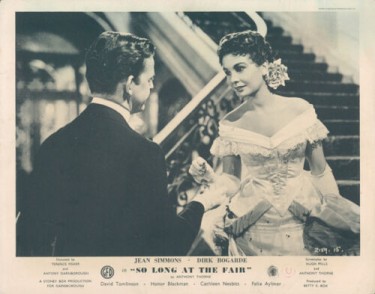
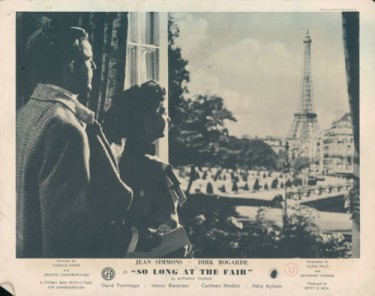
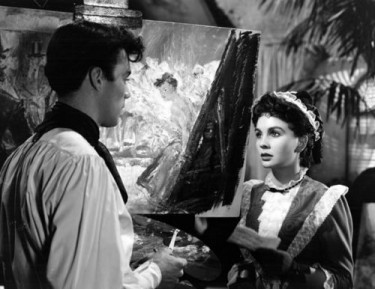
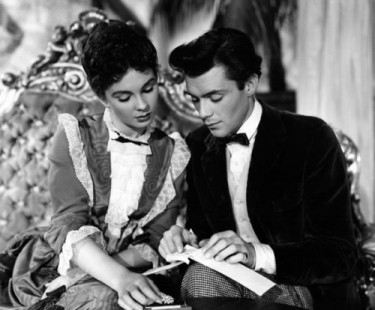
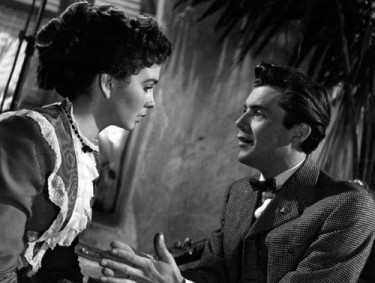
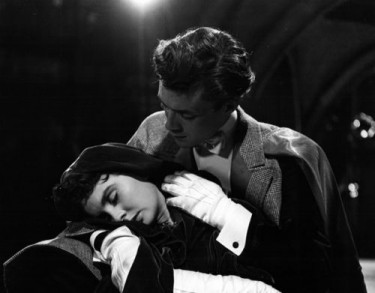
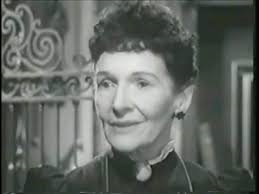
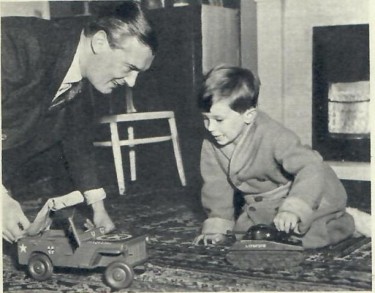
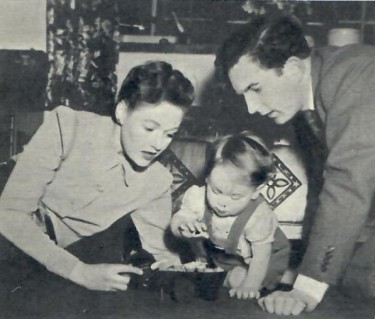
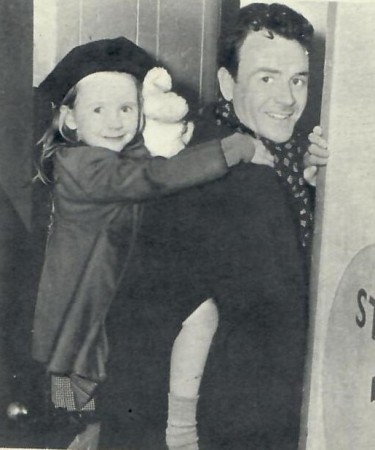
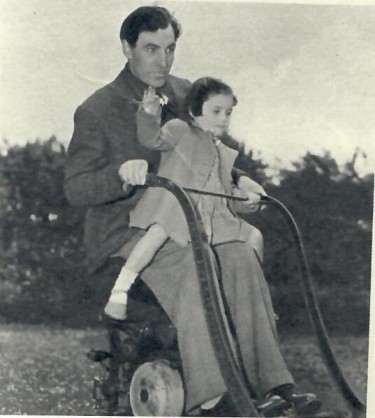
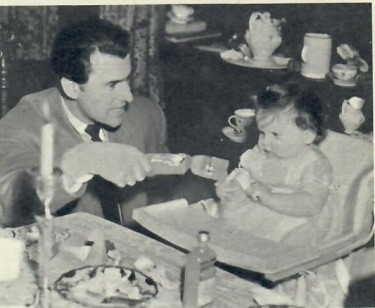
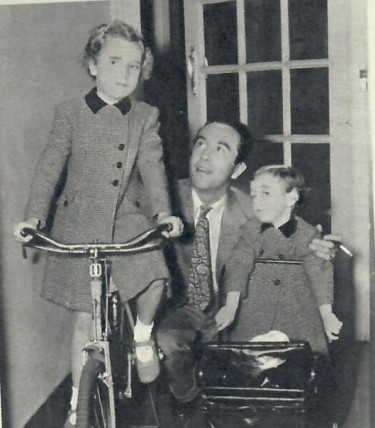
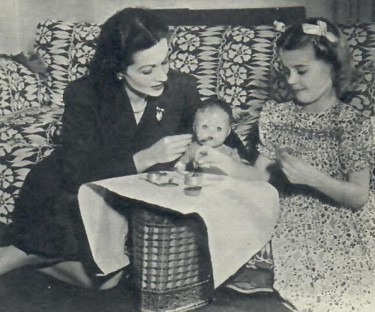

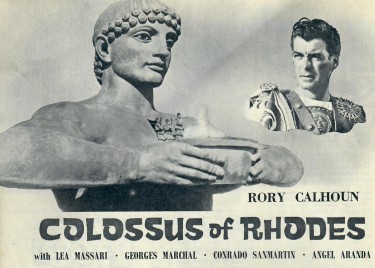
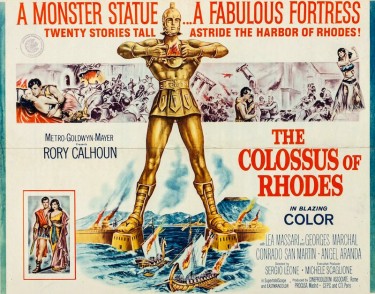
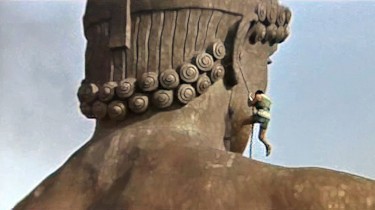
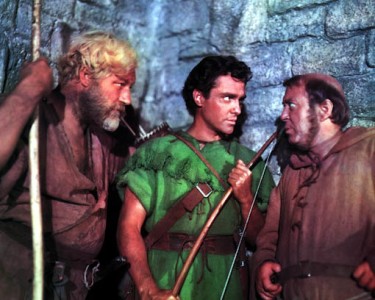
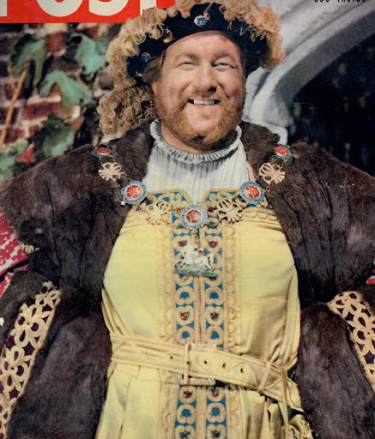
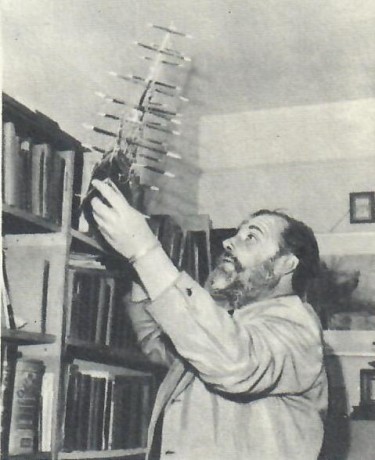

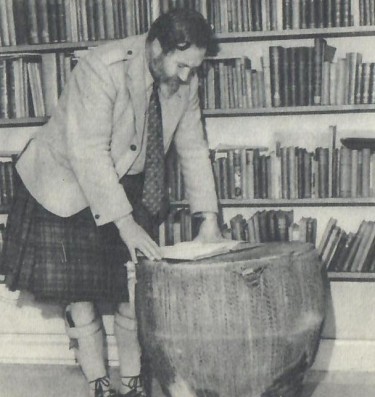
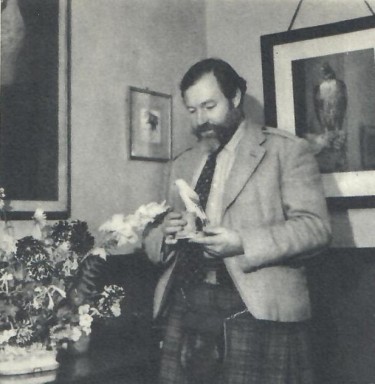
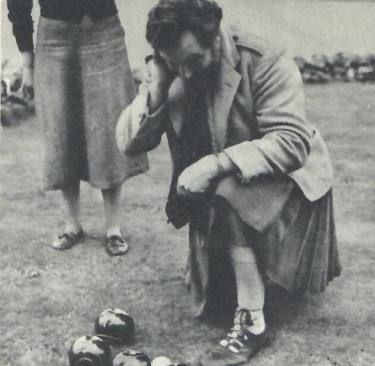
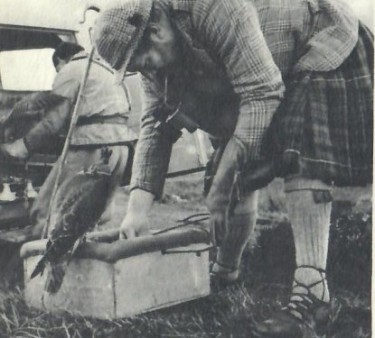
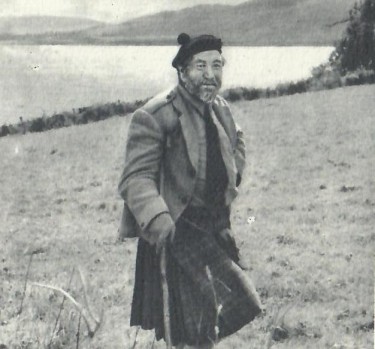
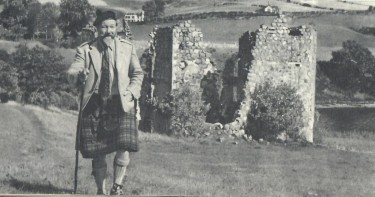
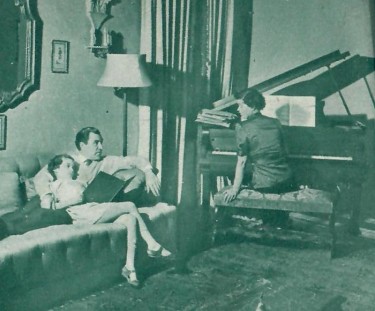
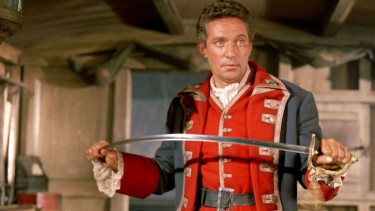

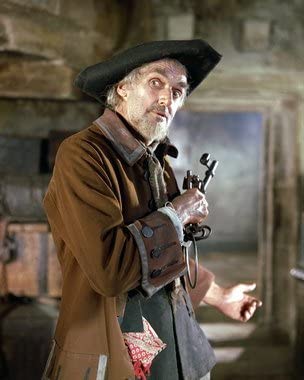
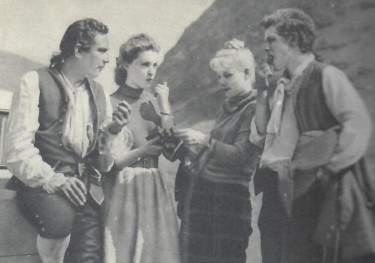
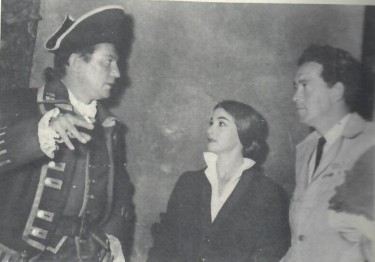
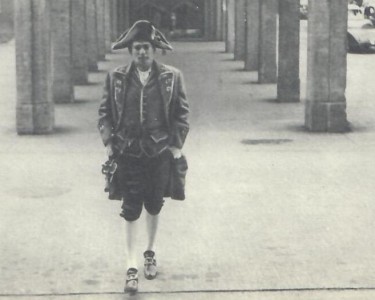

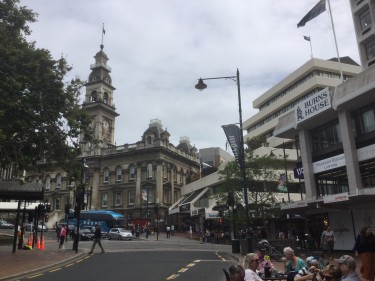
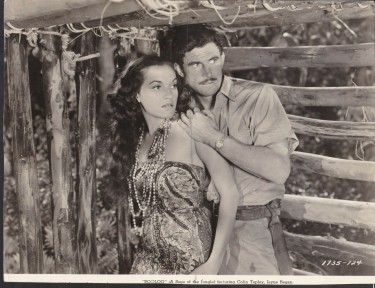

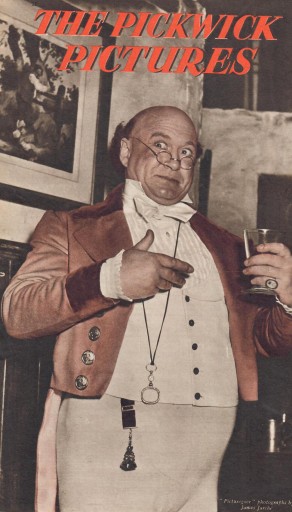
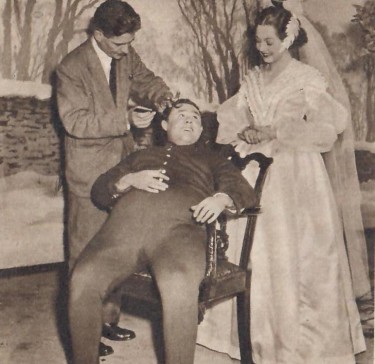 ABOVE: Diane Hart as Emily Wardle watches hairdresser Bill Griffiths tidy up the Fat Boy played by Gerald Campion – later to become very famous at BBC TVs Billy Bunter
ABOVE: Diane Hart as Emily Wardle watches hairdresser Bill Griffiths tidy up the Fat Boy played by Gerald Campion – later to become very famous at BBC TVs Billy Bunter